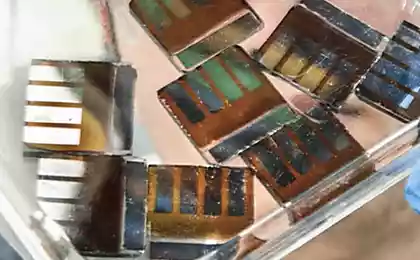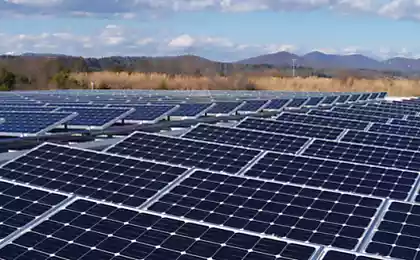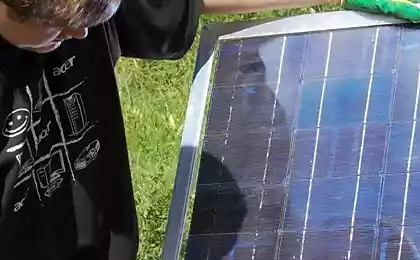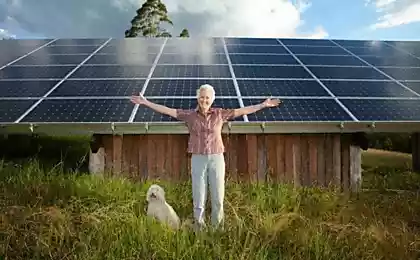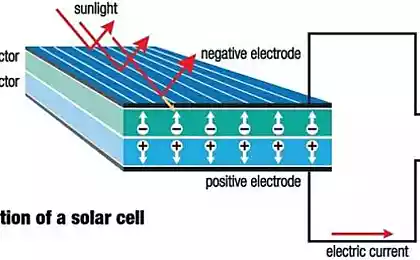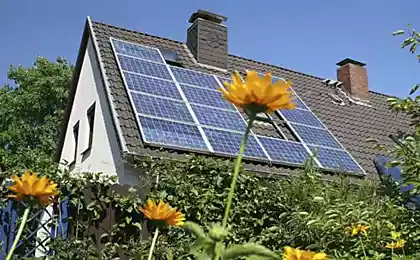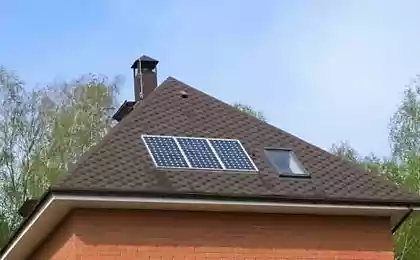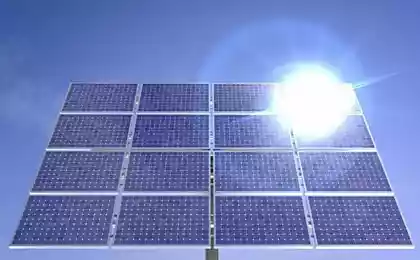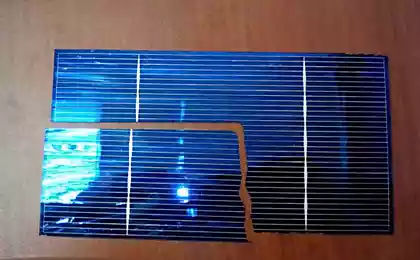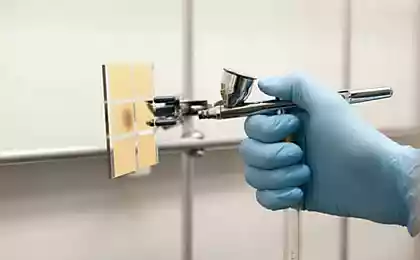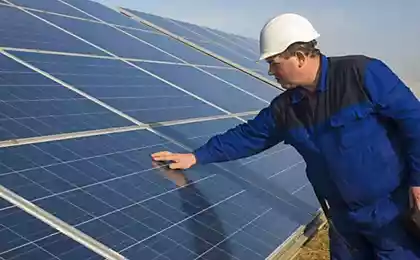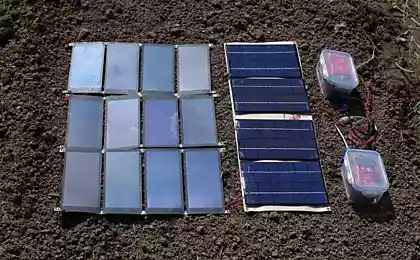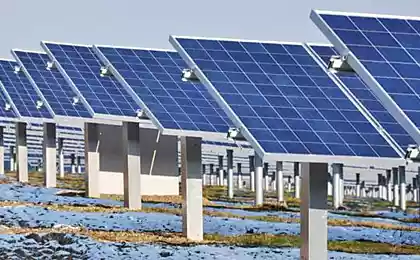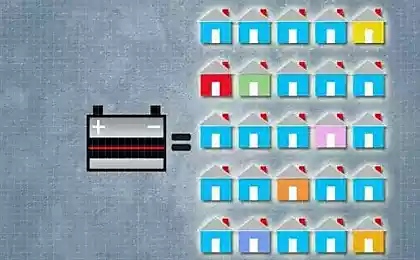177
Indium improves performance of perovskite solar cells
Perovskite solar cell technology has made great strides over the past few years, and the efficiency of solar cells with hybrid cells made up of layers of different materials has risen to 26%.
The beginnings of perovskite cells were modest, with efficiency reaching just four percent in 2009, and now solar cells made from perovskite crystalline materials are more than 20 percent efficient. Scientists prefer such batteries because of their cheapness, ease of production compared to silicon analogues.
“There is a good prospect of adding several additional processing steps to the silicon cell production line to produce perovskite cells with an efficiency of 25 percent to 30 percent,” says Dr. Tom White, lead author of the study: “By combining perovskite and silicon cells, we can create solar cells much better by increasing their efficiency.”
The team’s new technology proposes adding a small amount of the chemical element indium to one of the layers that coat the cell. As a result, batteries become more efficient in the infrared part of the spectrum.
“We achieved a record efficiency of 16.6 percent for a semi-transparent perovskite cell and 24.5 percent for perovskite-silicon cells, which is one of the highest efficiency rates recorded for this type of cell,” says White.
P.S. And remember, just changing our consumption – together we change the world!
Source: ecotechnology
The beginnings of perovskite cells were modest, with efficiency reaching just four percent in 2009, and now solar cells made from perovskite crystalline materials are more than 20 percent efficient. Scientists prefer such batteries because of their cheapness, ease of production compared to silicon analogues.
“There is a good prospect of adding several additional processing steps to the silicon cell production line to produce perovskite cells with an efficiency of 25 percent to 30 percent,” says Dr. Tom White, lead author of the study: “By combining perovskite and silicon cells, we can create solar cells much better by increasing their efficiency.”
The team’s new technology proposes adding a small amount of the chemical element indium to one of the layers that coat the cell. As a result, batteries become more efficient in the infrared part of the spectrum.
“We achieved a record efficiency of 16.6 percent for a semi-transparent perovskite cell and 24.5 percent for perovskite-silicon cells, which is one of the highest efficiency rates recorded for this type of cell,” says White.
P.S. And remember, just changing our consumption – together we change the world!
Source: ecotechnology
Thymus-spleen tapping - a kinesiological exercise to raise immunity
Rules and technique of trimming of conifers

